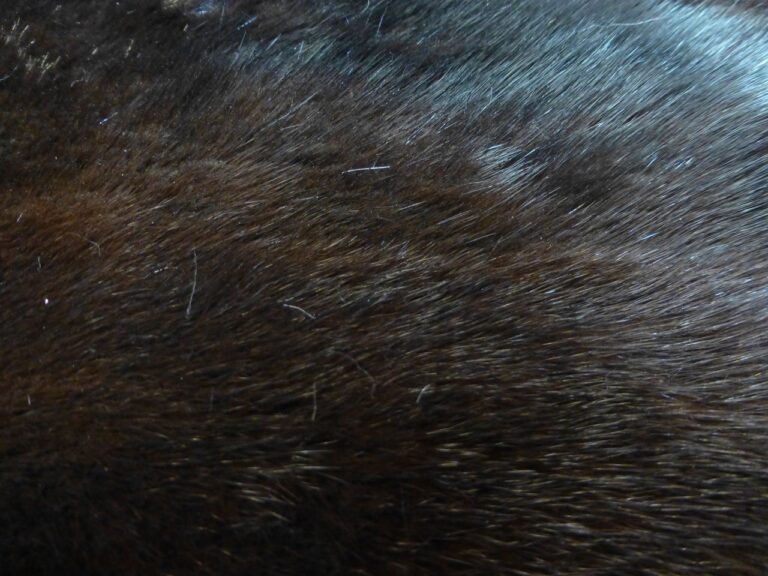Fashion and Green Living: Sustainable Fashion Tips for Everyday Life
When it comes to making sustainable fabric choices, opting for organic cotton is a great way to reduce environmental impact. Organic cotton is grown without the use of harmful pesticides and chemical fertilizers, making it a more eco-friendly option compared to conventional cotton. By choosing organic cotton clothing, you are supporting a more sustainable and ethical supply chain.
Another sustainable fabric choice to consider is Tencel, which is made from wood pulp sourced from sustainably managed forests. Tencel is known for its softness, breathability, and biodegradability, making it a popular option for eco-conscious consumers. By choosing Tencel fabrics, you are not only investing in high-quality clothing but also contributing to the preservation of our forests and environment.
Eco-Friendly Clothing Brands
When it comes to choosing clothing brands that prioritize sustainability and eco-friendliness, consumers have a growing number of options to consider. Many companies are placing a strong emphasis on utilizing organic materials, recycling practices, and ethical production methods in their supply chains. From casual wear to activewear and everything in between, there are eco-conscious brands catering to a wide range of styles and preferences.
These eco-friendly clothing brands are not only focused on reducing their environmental impact but also on promoting fair labor practices and transparency throughout their operations. By supporting these brands, consumers can make a positive impact on the planet while also advocating for a more sustainable and ethical fashion industry. Choosing to invest in clothing that aligns with these values is a meaningful way to contribute to a greener and more socially responsible world.
Upcycling and Repurposing Old Clothes
When it comes to reducing waste and promoting sustainability in the fashion industry, upcycling and repurposing old clothes play a significant role. Instead of discarding clothing items that are no longer in use, individuals can tap into their creativity and find new ways to give these pieces a second life. By upcycling old clothes, not only are we decreasing the amount of textile waste ending up in landfills, but we are also creating unique and personalized pieces that showcase our individual style and commitment to environmental consciousness.
One popular way to upcycle old clothes is to transform them into new garments or accessories. This can involve anything from reusing fabric from old garments to create patchwork pieces, to turning oversized shirts into trendy crop tops or dresses. By exploring different upcycling techniques such as dyeing, cutting, and sewing, individuals can breathe new life into their old clothes and make a positive impact on the environment.





